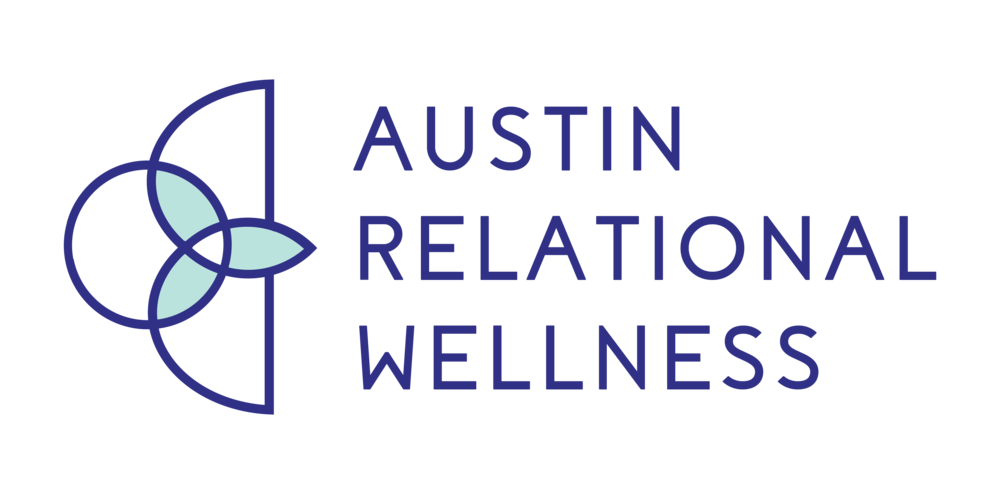In the realm of mental health, personal relationships, and couples therapy, the concepts of boundaries and control are often misunderstood. For those new to the idea of setting boundaries, it's crucial to understand what healthy boundaries are and how to display and communicate boundaries properly. One should also be aware that boundaries are not meant to control another person's behavior.
As previously mentioned in my last blog post in this series, I discussed the do’s and don’ts of boundary setting. In this third and final blog post of my boundary series, I will provide examples of what a boundary might look like in practice versus what a non-boundary (aka, controlling behavior) might look like. My overall hope is that this blog post can be used as a guide to clarify these concepts and provide practical tips for establishing boundaries without crossing into control. Understanding this difference is key to maintaining healthy relationships.
Example 1: Privacy in a Relationship
Boundary Setting: "I value my personal space and privacy. I would appreciate it if we could discuss and agree on boundaries regarding sharing our personal information and giving each other space when needed."
Controlling Behavior: "You can't have any private conversations with your friends without letting me know every detail. I need to have access to your phone and messages to make sure nothing is going on."
Example 2: Time Management in a Friendship
Boundary Setting: "I have a busy schedule, and I need to prioritize certain commitments. I hope you understand that there may be times when I need to decline social invitations. Let's work together to find a balance that works for both of us."
Controlling Behavior: "You're not allowed to make plans with anyone else if I'm available. I want you to prioritize our friendship over other relationships or activities."
Example 3: Workplace Collaboration
Boundary Setting: "I prefer to receive feedback in a private setting rather than in front of the entire team. It helps me process the information more effectively, and I feel I'm more open to constructive criticism that way."
Controlling Behavior: "You can't give any feedback about my work without discussing it with me first. I need to approve any comments or suggestions you have before sharing them with others."
Example 4: Family Finances
Boundary Setting: "Let's create a budget together so we can manage our finances more effectively. I would like us to agree on spending limits for discretionary expenses to ensure we are on the same page."
Controlling Behavior: "I will be in charge of all the finances, and you need to consult me before making any purchases, no matter how small. I will monitor all transactions to make sure you're following my rules."
In each of these examples, the boundary-setting approach emphasizes personal needs, open communication, and collaboration, essential elements often explored in couples therapy. In contrast, the non-boundary approach involves dictating specific behaviors and limiting the other person's autonomy, which could be viewed as trying to control someone’s behavior. It's important to remember that when boundaries are communicated appropriately, they can promote mutual understanding and respect in a relationship. Whereas trying to control someone's behavior can lead to tension and strain in a relationship.
Need help with healthy boundary setting? Both couples therapy and individual therapy can be avenues for learning how to identify your needs and communicate your boundaries. Reach out today to get started.
Article by Emily Ilseng, MA, LMFT Associate
Offering Austin Couples Therapy + Individual Counseling



































